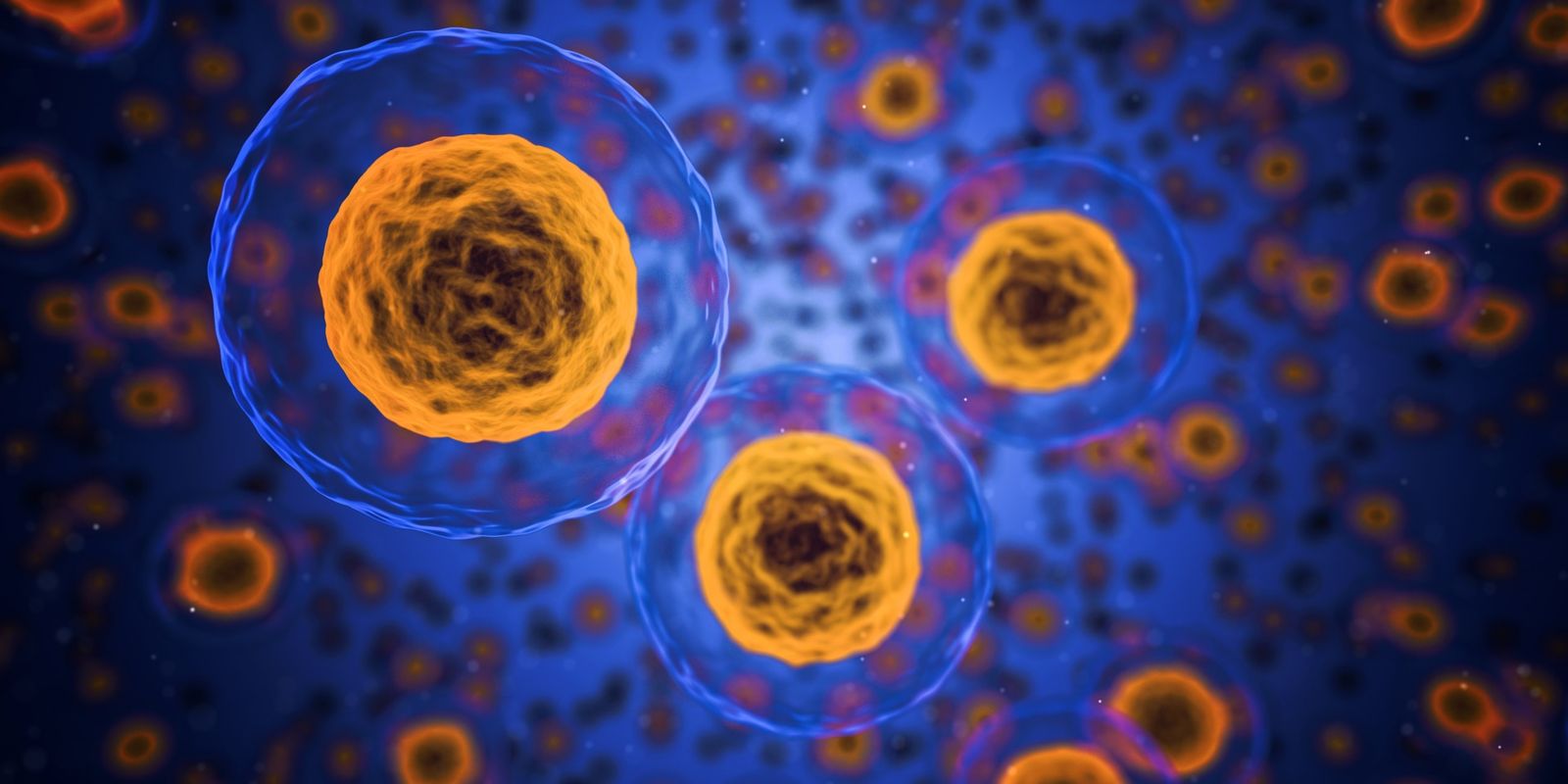The Right to Design Babies? Human Rights and Bioethics
By Roberto Andorno and Alicia Ely Yamin,
Open Global Rights
| 01. 08. 2019
The gene-editing scandal that made headlines in late November, with researcher He Jiankui claiming to have created twin girls whose DNA he had altered at the embryo stage, heightened global awareness of a consequential and close-at-hand decision about how to use and regulate powerful new human biotechnologies. This controversy about whether altering the genes of future children and generations should be permissible had already re-emerged in 2015, after the gene editing tool CRISPR-Cas9 was first used to change the DNA of human embryos in the laboratory. Oddly, the current conversation often ignores a robust set of deliberations about “heritable genetic modification” that took place during the 1990s, as the mapping of the human genome got underway.
By the end of the 1990s, most bioethicists, governments and international organizations had agreed that it would be wrong to introduce inheritable alterations into the genome of human beings. This was regarded as a red line that should never be crossed, based on serious concern for the integrity of future generations. There was a concern about the risk of unintended consequences and potentially...
Related Articles
By staff, Japan Times | 12.04.2025
Japan plans to introduce a ban with penalties on implanting a genome-edited fertilized human egg into the womb of a human or another animal amid concerns over "designer babies."
A government expert panel broadly approved a proposal, including the ban...
By David Jensen, The California Stem Cell Report | 12.11.2025
California’s stem cell and gene therapy agency today approved spending $207 million more on training and education, sidestepping the possibility of using the cash to directly support revolutionary research that has been slashed and endangered by the Trump administration.
Directors...
By Tina Stevens, CounterPunch | 12.11.2025
Silicon Valley and other high tech billionaires are investing millions in start-ups dedicated to creating genetically engineered (GE) babies, according to a recent Wall Street Journal (WSJ) report. AI mogul Sam Altman, cryptocurrency entrepreneur Brian Armstrong, venture capitalist Peter...
By Jenny Lange, BioNews | 12.01.2025
A UK toddler with a rare genetic condition was the first person to receive a new gene therapy that appears to halt disease progression.
Oliver, now three years old, has Hunter syndrome, an inherited genetic disorder that leads to physical...




